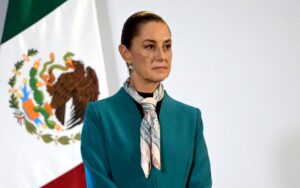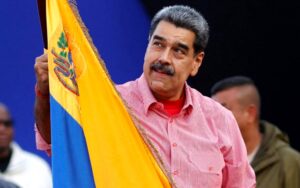Before meeting with Trump… where does Ahmed al Sharaa stands from US conditions?

The United States has begun engaging with the government of Syrian transitional President Ahmed al Sharaa, in an effort to steer a regime that has been its traditional adversary for decades, allied with Russia and Iran, toward a new axis that includes the United States and its Gulf allies, Türkiye and Israel, a report released by the Washington Institute for Near East Policy on Friday evening.
However, the report noted that this shift faces many obstacles, most notably the Sharaa’s past itself, which was involved in fighting US forces in earlier stages, and its former leadership of Hay’at Tahrir al Sham, in addition to a long series of sanctions imposed on Syria since it was included in the list of state sponsors of terrorism in 1979.
According to the report, the US State Department sent eight questions to the Sharaa’s government last March, which Damascus answered in detail.
At a meeting in Riyadh last May, eight conditions were reframed to be narrowed down to five key issues:
- Acceding to the Abraham Accords with Israel;
- Deporting foreign fighters from Syria;
- Deportation of Palestinian factions designated as terrorists;
- Cooperation with Washington in combating ISIS and preventing its resurgence;
- Assuming responsibility for detention centers holding ISIS fighters and their families in the northeastern Syria.
In contrast, three additional issues from the original list were transferred to other channels:
- Investigating the fate of missing Americans, including Austin Tice;
- Addressing the former Assad regime chemical weapons issue;
- Confronting the activities of the Iranian Revolutionary Guard in Syria.
The report indicates that the Sharaa government has made progress on three of the five issues, most notably the deportation of Palestinian armed factions.
Last April, Syrian security forces arrested two leaders of the Islamic Jihad Movement, Khaled Khaled and Yasser al Zafari, followed by the arrest of Talal Naji, a prominent leader of the Popular Front for the Liberation of Palestine – General Command.
Several prominent Palestinian figures have also left Syrian territory, including Khaled Jibril, Khaled Abdel-Majid, and Ziad al Saghir.
However, some sources still indicate that Naji and Saghir remain in the country, a fact that has sparked controversy with both the Palestinian Authority and Israel.
Regarding the fight against ISIS, Damascus intensified its security and military operations against the group’s cells in several areas, including Damascus and its countryside, Dara’a, Aleppo, and Idlib, and in some cases coordinated directly with the US Central Command (CENTCOM).
As for the issue of foreign fighters, the government’s performance was mixed.
Damascus pledged to remove them from senior positions, but multiple reports indicated the continued presence of Uyghur, Jordanian, and Turkish fighters within the ranks of the New Syrian Army.
Despite US reservations, the previous Trump administration approved a Syrian plan to integrate approximately 3,500 foreign fighters into the 84th Division as a transitional step to stabilize security, a move that continues to draw objections within the US Congress.
The question of accession to the Abraham Accords is still subject to a settlement on the occupied Golan Heights.
Ahmed al Sharaa has previously expressed its initial openness to the idea of regional peace, but stressed that any agreement with Israel must include a full withdrawal from the occupied Syrian territories, with a US security guarantee.
The report also noted that Israel is following with concern the escalation of tension in the Druze areas of southern Syria, where clashes between government forces and local groups are frequent.
Regarding the ISIS detention centers, talks are still ongoing, as Washington is trying to mediate the integration of the Autonomous Administration of North and East Syria and the Syria Democratic Forces into the institutions of the new Syrian state, while discussing the possibilities of reducing or completely withdrawing US forces from the region.






